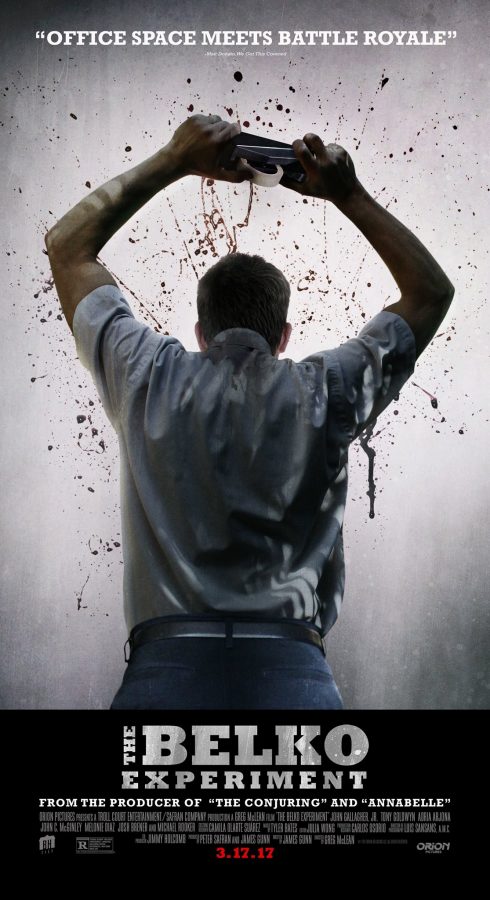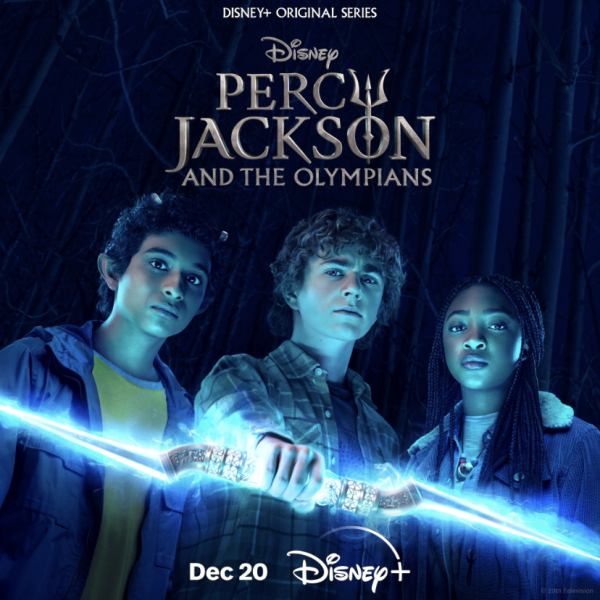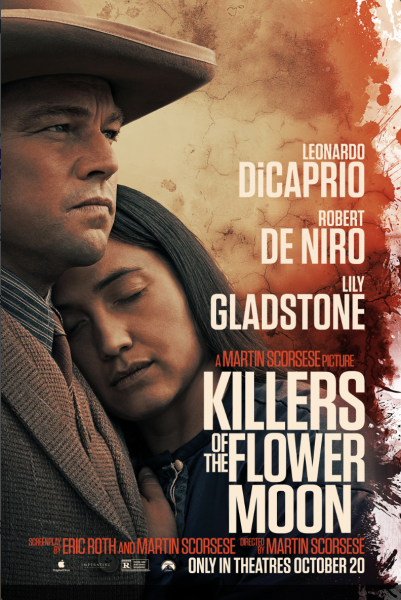“The Belko Experiment” Killed 90 Minutes of My Life
There is a scene in “The Belko Experiment” where a group of trapped cubicle workers hang a banner off the side of their office building that says “Help! We are being held hostage!” I could really relate to them, because I felt like I was in the same exact position while watching this awful movie.
“The Belko Experiment” tells the story of 80 mundane cubicle workers in their company’s office who are told by a mysterious voice over the intercom that they must either kill their co-workers, or they will be killed by detonation of an explosive chip inside their heads disguised as “tracking devices,” which employees willingly agreed to have planted there. The workers are then faced with the ultimate moral dilemma – do they kill their coworkers and have a chance to survive, or not kill anyone and face possible elimination?
Unfortunately, “The Belko Experiment” isn’t the new, exciting face of the horror genre it aspires to be. You’ve seen this movie done before, and in much better ways.
A paper thin plot just barely introduces the characters and the mysterious Belko company, just to leave way for the brutal and explicit violence. As I am trying to reflect on the movie, I can’t even remember any of the character’s names because of their rushed introduction and lack of character development. If the audience does not sympathize or care about any of the characters that are leading the movie, there is no investment or emotional impact when they’re inevitably slaughtered. The audience just waits for the next kill, but at least that’s one more death closer to the end of the movie.
The gore gets to be way too over the top after the first ten kills. While the special effects are top notch and very realistically done, it just turns into a sort of gross-out contest to see how many audience members will squirm in discomfort from the intense violence. For instance, a few methods of death we see in “The Belko Experiment” include being burned alive, being crushed by elevators, having their heads explode, getting repeatedly stabbed in the face with an axe, and many, many more ways. And trust me, the camera doesn’t shy away from the brutal acts of violence. You’re getting a front row seat to the killings, and that is basically all this movie is – a collection of deaths.
“The Belko Experiment” could have been a great movie. Albeit a tired premise, it still could have been at least interesting if the audience knew more about the purpose of the experiment and more time was given to character development. I also wished the film had dived more into the moral aspect of what humans will do when they are pinned against each other in the face of death, but it only slightly touches upon it.
Instead, “The Belko Experiment” drowns itself in its own pool of blood. The more I think about it, maybe the real experiment was seeing how many moviegoers left before the film was over. By the way, multiple people indeed left about halfway through the film, which is when you know you’re seeing a “quality” movie.
However, for as much as I can criticize and analyze “The Belko Experiment,” I believe my dad summed up the experience the best. Halfway through the movie, he leaned over and whispered in my ear: “Caitlin, this movie ****ing sucks.”

Caitlin Roth, a second-year staff member, has followed an unusual path towards success at the Spotlight. Her first year on staff, as a junior, Caitlin...












